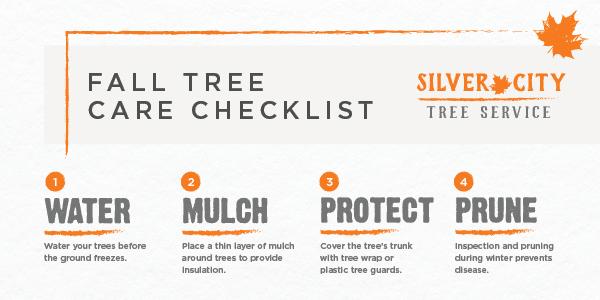Seek Important Signs That Show Your Tree May Be Unsafe; Understanding These Can Secure Your Building And Enjoyed Ones. What Should You Look For Following?
Seek Important Signs That Show Your Tree May Be Unsafe; Understanding These Can Secure Your Building And Enjoyed Ones. What Should You Look For Following?
Blog Article
Content Create By-Truelsen Emerson
When it involves tree treatment, identifying the signs that it's time for removal is vital for your safety and building. Pruning Crabapple Trees could observe tarnished leaves, wilting branches, or strange fungal growths suggesting health problems. Structural issues, like a significant lean or cracks in the trunk, can likewise posture threats. Recognizing these indication can help you make notified decisions concerning your trees and prevent potential risks lurking in your backyard. What should you look for next?
Signs of Degeneration and Illness
When you notice signs of decay and disease in your trees, it's crucial to act quickly. Try to find blemished fallen leaves, wilting branches, or unusual growths like fungi. These can show that your tree is struggling.
If you see fractures in the bark or soft, mushy wood, these symptoms suggest interior decay. Furthermore, an unexpected boost in insects around your tree can indicate that it's weakened and susceptible.
Look for any type of dead or dying limbs, as they posture a risk to your home and safety and security. If you doubt about what you see, speaking with an arborist can offer clarity.
Attending to these indicators early can conserve you from extra substantial damages and ensure the health of your backyard. Do not wait until it's too late.
Structural Instability and Leaning
As you observe your trees, keep an eye out for any type of indications of architectural instability or leaning. If a tree leans significantly, it might indicate that the origin system is endangered.
Seek any type of splits in the trunk or soil around the base; these can signify prospective failing. Furthermore, check for uncommon development patterns, like an uneven crown, which may recommend that the tree is having a hard time to hold itself upright.
If you notice that the tree favors your home, power lines, or other structures, it poses a higher threat. Do not ignore these signs-- consult an arborist to evaluate the situation.
Doing something about it early can stop expensive damage and ensure your security.
Dead or Perishing Branches and Vegetation
If you notice dead or dying branches and vegetation on your tree, it's a clear indication that something's incorrect.
These unhealthy areas can show underlying issues like condition, pest infestations, or ecological stress. When please click for source shed their fallen leaves or turn brown, they're no more adding to the tree's wellness. Neglecting these indicators might lead to further decline, making your tree much more unsafe.
Dead branches can easily break off during tornados, posturing a risk to residential property and individuals nearby. It's critical to examine the level of the damage.
If the problem impacts a significant part of the tree, take into consideration seeking advice from a professional. They can aid identify if removal is necessary to make sure security and maintain the charm of your landscape.
Verdict
If you notice any type of indicators of degeneration, structural instability, or dead branches on your trees, don't ignore them. These indicators can pose severe security threats to you and your building. It's constantly best to consult a specialist arborist who can supply an expert assessment of your trees. Acting early can stop mishaps and pricey damages, guaranteeing your landscape continues to be risk-free and healthy and balanced. Remember, it's much better to be aggressive about tree treatment than to wait for a catastrophe to take place.
